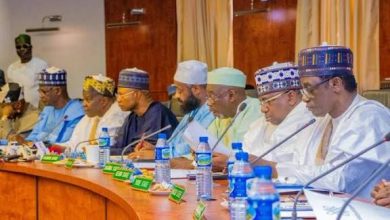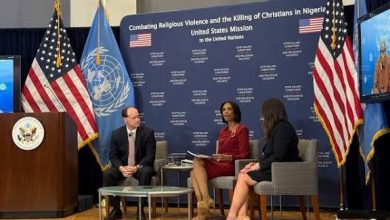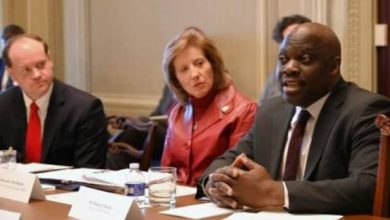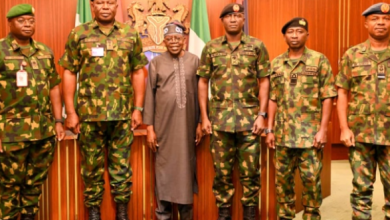Lead
Rural electrification agency’s ambitious goal
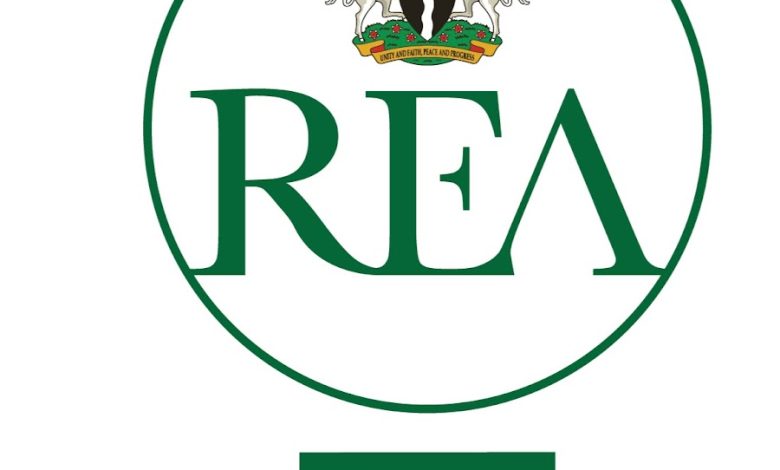
The Managing Director of the Rural Electrification Agency (REA), Abba Aliyu, has outlined the agency’s progress in achieving its ambitious goal of providing electricity access to 25 million Nigerians within three years, particularly in rural and peri-urban areas.
In a exclusive interview with Channels Television, the Managing Director of the Rural Electrification Agency (REA), Abba Aliyu, believed that Nigerian energy firms have mastered the art of deploying renewable energy infrastructure, building talent, and attracting financing in West Africa.
He also believed that Nigeria could become the renewable hub of Africa.
Below is the full interview:
Before now, you’ve outlined an ambitious goal — to provide electricity access to 25 million Nigerians within three years, particularly in rural and peri-urban areas. How much progress has been made so far on that target?
We had already started the implementation of our plans. We have already signed grant agreements with eight companies, and we have about 100 companies now lined up to be signed.
We have close to 70 projects that we have completed. We have also started the process of the interconnected mini-grid, 42 of them which are very critical to create reliability for peri-urban areas and also connect our mini-grid with the national grid.
So, that also has started: 42 of them with seven distribution companies.
And they’re all included among the 25 million Nigerians you’re targeting?
The universities are not among the 25 million. For the universities, it’s a special intervention to enhance and create the reliability of electricity at that level. For the 25 million, all these are mini-grids that will be provided to communities.
For example, I have 45 mini-grids now in Nasarawa State that I’m about to commission. I have 20-something mini-grids in Plateau State that are about to be commissioned.
And like I said, the eight agreements that we signed cover over 200 sites. Very soon, we are going to sign agreements with over 100 companies, which would have over 500 mini-grids.
This is how ambitious we are, churning mini-grids day in, day out. The target is to deliver over 1,350.
Before now, once we signed the grant agreement, the private sector had to spend six months to a year looking for project development financing.
But to shorten that period, we have already catalysed private sector investment with a number of Nigerian banks.
We signed N100 billion project development debt financing with FCMB, and we are in discussion with Fidelity Bank.
The International Finance Corporation also provided $20 million for four of our developers.
So, you can see how we are creating more efficiency and reducing the timeline for us to deliver on our target.
You’ve said that these electricity plans must be cost-reflective. What does that mean for rural people?
That is the essence of the Federal Government intervention. The capital grant that we provide to the private sector is to de-risk the entire infrastructure deployment, which, by extension, has implications for the tariff cost because the tariff is a function of the total cost of the project.
By intervening and providing a grant to the private sector, you are incentivising them to go to rural areas, which they may not have otherwise considered. That’s one. Two, you are also reducing the total cost of deploying that infrastructure, thereby reducing the tariff.
If you look at our numbers, we have close to 95 per cent collection more than what is obtainable on-grid which means the people we are serving are paying for this electricity.
That also relates to affordability. Even though their consumption is very low, the little we are providing is being paid for at a very low and mutually agreed-upon tariff.
The idea that affordability is not real in rural areas is just a cliché. Rural areas pay for electricity. What we deploy to them is very affordable.
What is the sustainability strategy to ensure consistent power supply?
We oftentimes make it very clear that the strategy of the Rural Electrification Agency is to build sustainability around the private sector.
One of the key things REA is doing is moving away from being a contract-issuing agency to acting like a financial institution that catalyses infrastructure investment via the private sector.
So, what we do for the sustainability of our projects is to ensure that infrastructure is deployed by the private sector, who must bring their funding, plus our capital grant.
That means the private sector must manage that infrastructure over a long period to recoup their investment, whether debt or equity, and also achieve an internal rate of return, thereby ensuring sustainability.
That’s one. But for the EPC (Engineering, Procurement, and Construction)-based infrastructure, like the ones we deployed at universities, we only engage the private sector to deploy the infrastructure.
For them, we created the Renewable Asset Management Company, a government REA SPV (Special Purpose Vehicle), responsible for managing this infrastructure.
The wisdom behind that is to create a model where we can catalyse even more private sector funding to continue to deploy infrastructure.
For example, the total cost to address the access gap is estimated at $25 billion. The Federal Government does not have this money.
So, we are now using every means to catalyse private sector financing, including going to the capital market and raising private capital to deploy infrastructure.
Do you think Nigeria could become a model in rural electrification for West Africa, or even Africa?
Well, already we are a model. I’ve been saying that it should be on record that Nigeria will be the renewable hub of West Africa and Africa. We are seeing the access gap not just as a challenge but as a market.
We’ve catalysed 600 megawatts and have 2.5 gigawatts in development.
We’re churning out technical skills and competencies, attracting private financing, and deploying infrastructure.
We have also catalyse an ecosystem of renewable energy service companies Rescos that are deploying infrastructure, attracting private sector financing, and even going out of the country and deploying these.
Go to Liberia, go to Sierra Leone, you will see Nigerian renewable service companies deploying infrastructure in these areas.
From one megawatt, we’ve done 12, we’re doing 13, and we’re targeting 20.
We keep on scaling up. We’ve mastered the art of deploying renewable energy infrastructure, building talent, and attracting financing, and definitely, Nigeria will be the renewable hub of Africa.
The presidency launched a N10 billion renewable energy programme, and there are reports that the Aso Villa is now powered by renewables. Was the REA involved in that initiative?
REA was not involved in that.
Channels TV
